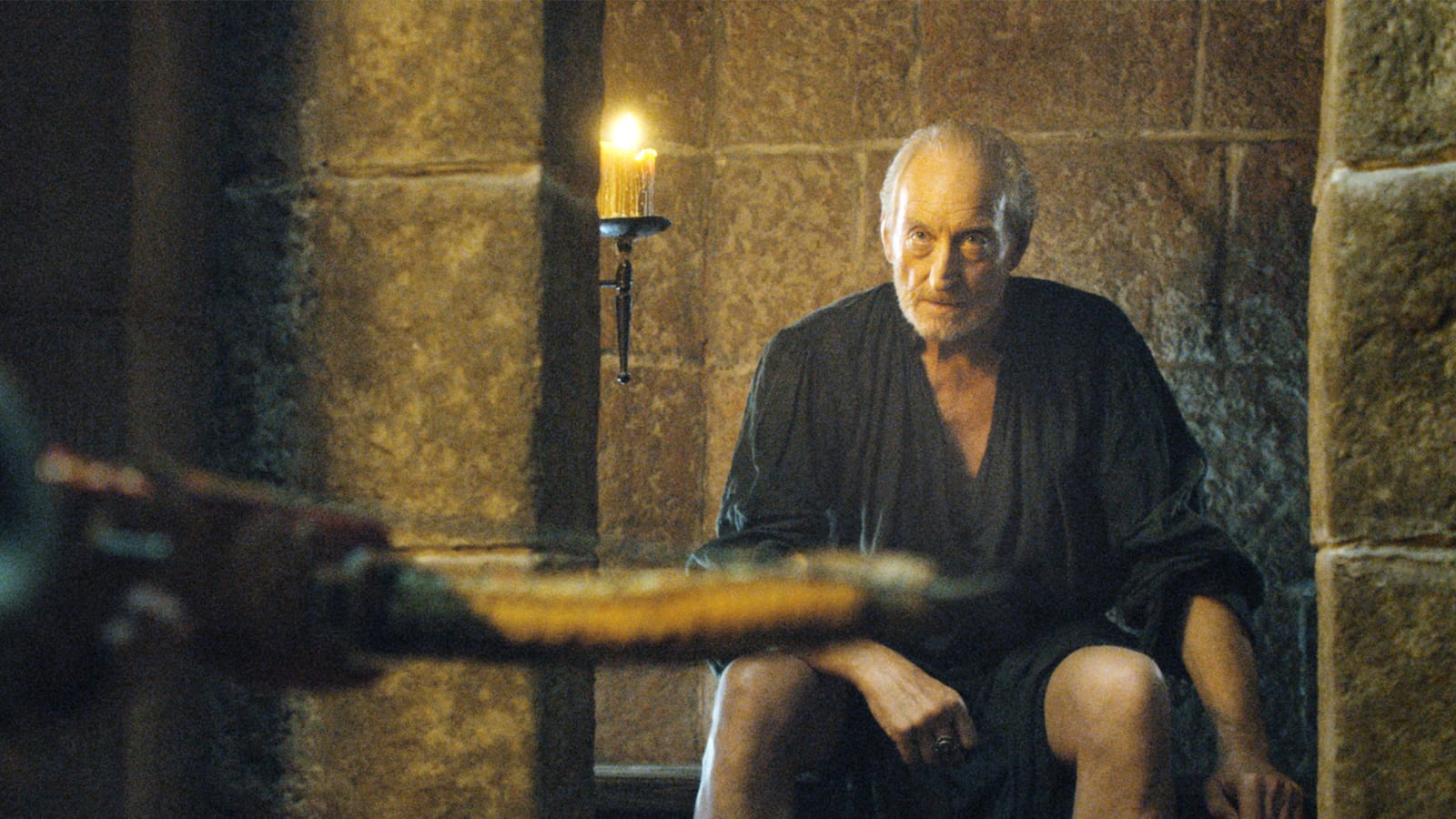Game of Thrones, a series so well-written and intricately designed that many consider it to be one of the greatest in history, still falls victim to one of Hollywood’s biggest weaknesses: death scenes.
As a trauma surgeon, I’m acutely familiar with the body’s reaction to wounds. I can tell you, without hesitation, that one sword plunge through the belly does not an instant mortal wound make.
And yet, it’s portrayed as the lethal weapon in a scene we see play out again and again: one brave warrior clearing a room of dozens with quick jabs at their midsections that send them tumbling helplessly to the floor, never to stand again. The ability to render so many enemies irrelevant so quickly—and graphically—is convenient for Game of Thrones plots, but not for its credibility.
I shake my head in stunned disbelief at the impossibly fast deaths from one sword wound— which can take anywhere from hours to days to prove fatal in reality. In the first four seasons of the show alone, 456 characters have died by fire, sword, poison, hanging, being mauled by animals, starvation, arrow, and bludgeoning. The vast majority of these have been through penetration to the torso—nearly all of which have been grossly inaccurate.
I see my fair share of knife and gunshot wounds (though I’ve yet to see a sword wound in my career), and my patients are always surprised when I tell them that they need immediate surgery for the hole in their abdomen. Just this week a patient asked me to “just pull it out and patch me up, Doc.” The issue, in such an instance, isn’t the hole in the abdominal wall—it’s all the holes in the organs underneath.
But the patient’s statement, one I’ve heard before, defines the major drawback with the way penetrating injuries are portrayed on the screen: people believe it.
There are a lot of important organs in the abdomen—stomach, intestines, colon, spleen, liver, kidneys, pancreas, and major blood vessels (among others). When a blade or bullet enters the abdomen, it could potentially create holes in any of them. While that sounds bad, it’s not universally—or instantaneously—fatal. The spleen, liver, and kidneys, for example, often stop bleeding on their own; and a hole in the stomach or intestine (large or small), while almost always eventually fatal, takes many hours or even days to kill.
Only a laceration to the aorta or one of its major branches would cause a quick death, and even that would take several minutes.
Getting shot or stabbed in the chest is slightly worse. Admittedly, most gunshot wounds to the heart mean instant death. But getting shot or stabbed through the remainder of the chest does not. Make no mistake, a hole in the lung is certainly bad, but it is also eminently survivable, at least in the short term, even without modern medicine and surgery. Almost everyone with a penetrating wound to the chest, including some wounds directly to the heart, make it to the hospital alive, and most make it back out alive too.
This isn’t to say, of course, that Game of Thrones hasn’t gotten a single death right. (WARNING: SPOILERS AHEAD). Ned Stark and Janos Slynt were beheaded; Oberyn Martell had his head crushed by a giant psychopath; Joffrey Baratheon was killed by poison; Khal Drogo was smothered by a pillow after failing to succumb to sepsis; Lysa Arryn fell 600 feet.
Despite these few exceptions, the vast majority of the deaths have been by sword or arrow to the torso, and they have been wildly inaccurate. I understand taking some artistic license and the willful suspension of disbelief, but with Game of Thrones’ popularity at an all-time high, I fear these myths of instant death will become even more pervasive.
I know that many TV shows employ experts in the field (doctors, lawyers, scientists, etc.) to ensure as much accuracy as possible, but by some accident Game of Thrones’ creators David Benioff and D.B. Weiss seem to have overlooked this. A grave mistake, if you ask me.






